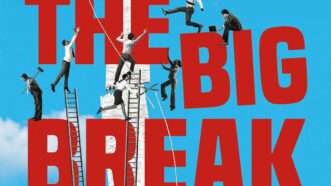Mike Riggs is a contributing editor at Reason. He was previously a deputy managing editor.
He previously served as the communications director for Families Against Mandatory Minimums, as well as a staff writer for Freethink Media and The Atlantic's CityLab, and an editor at the Washington City Paper.
His writing has appeared in The New Republic, The Awl, The Washington Post, Pacific Standard, The Weekly Standard, Slate, The Nation, and GQ.
Once upon a time, he was a Reason Burton C. Gray Memorial Intern.
Got a hot tip? Send an encrypted message to mikeriggs@protonmail.com.














































